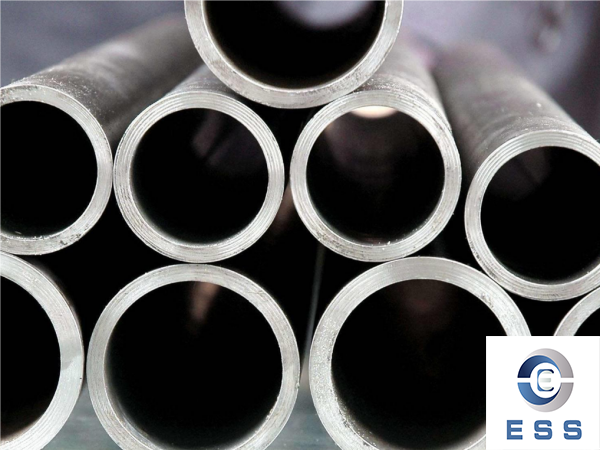Unit weight per meter of seamless steel pipe
Seamless steel pipes play an important role in the construction, engineering and manufacturing fields, and their weight is a crucial indicator. The unit weight per meter of steel pipes directly affects project design, transportation costs and work efficiency during installation.

Calculation method of unit weight per meter of steel pipe
The unit weight per meter of steel pipe is calculated by calculating its size and material density. Generally speaking, the dimensions of steel pipe include outer diameter, wall thickness and length. Based on these parameters, the unit weight per meter of the steel pipe can be calculated using the following formula:
Unit weight per meter (kg/m) = π × [(Outer diameter (mm) - Wall thickness (mm))] × Wall thickness (mm) × Density (g/cm³) × 0.001
Among them, π is pi (approximately equal to 3.14159), and density refers to the density of the material used in the steel pipe, measured in grams per cubic centimeter (g/cm³).
Differences in unit weight per meter of different steel pipe types
Different types of steel pipes have different unit weights per meter due to their different sizes and materials. Below is a comparison of several common steel pipe types and their unit weight per meter:
1. Welded steel pipe: Welded steel pipe is made of steel plates that are welded after hot rolling or cold rolling. They usually have larger outer diameters and wall thicknesses, resulting in a relatively higher unit weight per meter. This gives welded steel pipe an advantage in applications that are subject to greater pressures and loads.
2. Precision steel pipe: Precision steel pipe has high dimensional accuracy and surface smoothness, and is widely used in machinery manufacturing and automobile industry. Due to its small outer diameter and wall thickness, the unit weight per meter is relatively low, but its high precision and excellent mechanical properties make it irreplaceable in certain applications.
3. Stainless steel pipes: Stainless steel pipes have corrosion resistance and good mechanical properties and are commonly used in chemical industry, food processing, and medical equipment. Due to the low density of stainless steel, its unit weight per meter is relatively light, but its excellent corrosion resistance makes it play an important role in special environments.
Factors affecting the unit weight of steel pipes per meter
In addition to the size and material density of the steel pipe, there are other factors that affect the weight per meter of the steel pipe. The following are several major influencing factors:
1. Material selection: Different steel materials have different densities, so when selecting steel materials, the impact of its unit weight per meter on the project must be considered. In some cases, the weight of the structure can be reduced by using high-strength alloy steel.
2. Steel pipe wall thickness: The wall thickness of the steel pipe will directly affect its unit weight per meter. Steel pipes with thicker walls are relatively heavier but may have an advantage in applications that are subject to high pressures and loads.
3. Steel pipe length: The length of the steel pipe will also affect the unit weight per meter. Longer steel pipes weigh more, which needs to be considered during transportation and installation.
The importance of steel pipe weight per meter
Understanding the unit weight per meter of steel pipes is important for the following aspects:
1. Project Design: When designing a construction or engineering project, accurate calculation of the weight per meter of steel pipes is critical to determining the strength and stability of the structure. Unreasonable weight estimates can lead to project failure or safety hazards.
2. Transportation cost: The weight of the steel pipe directly affects the transportation cost. Understanding the unit weight per meter can help project managers or logistics personnel plan transportation plans appropriately and reduce costs.
3. Installation efficiency: The weight of the steel pipe will also affect the work efficiency during the construction process. Heavier steel pipes may require more labor and equipment to install, while lighter steel pipes can improve construction efficiency.
The unit weight per meter of steel pipes is an important parameter that is crucial to practitioners in the steel industry and professionals in related fields. Correctly calculating and understanding the unit weight per meter of steel pipes can provide useful guidance for project design, transportation costs and construction efficiency.
Read more: Seamless pipe weight calculation formula













 Eastern Steel Manufacturing Co.,Ltd not only improve product production and sales services, but also provide additional value-added services. As long as you need, we can complete your specific needs together.
Eastern Steel Manufacturing Co.,Ltd not only improve product production and sales services, but also provide additional value-added services. As long as you need, we can complete your specific needs together.










